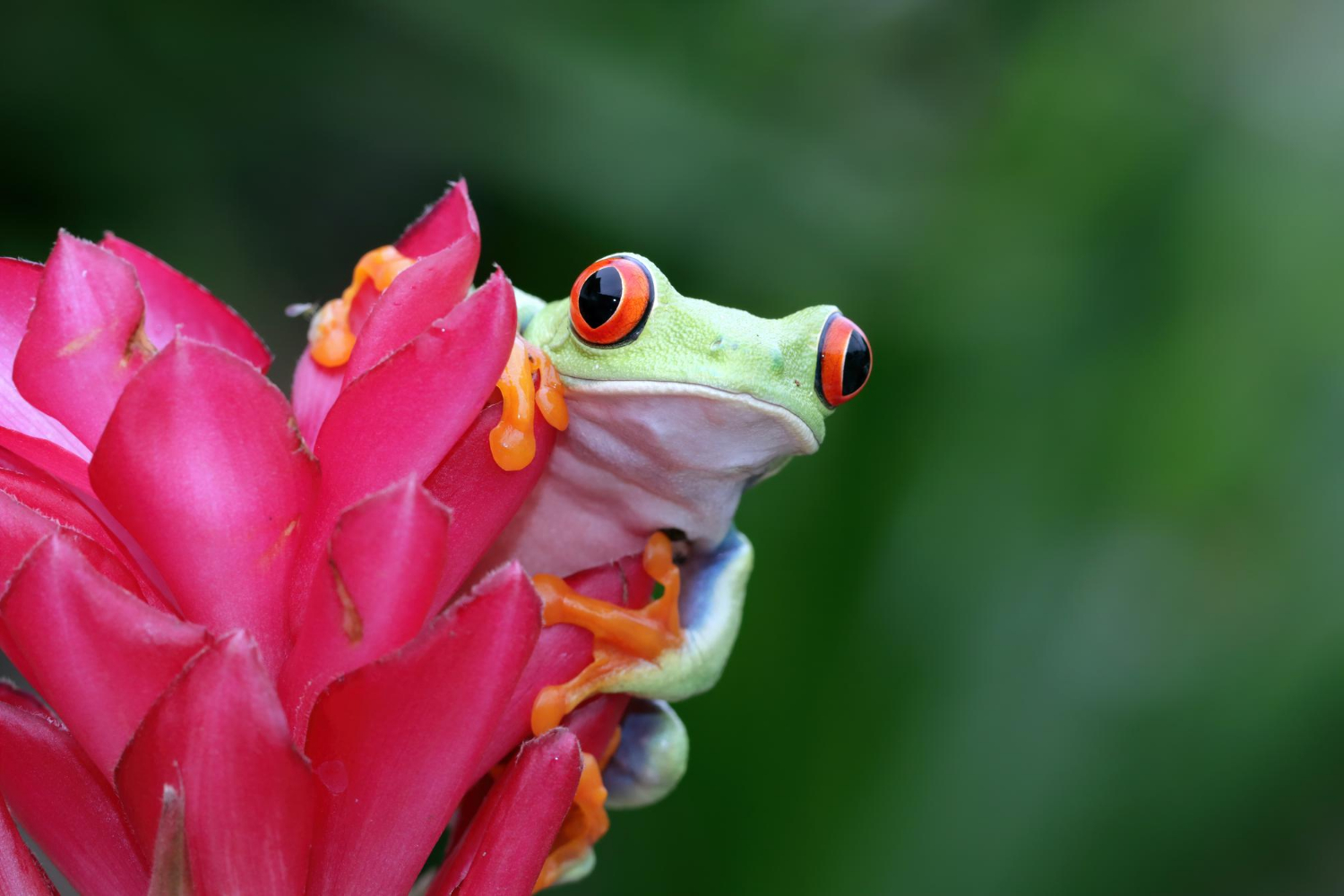Wildlife Encounters: Spotting Rare Species in Costa Rica’s Jungles

Why Costa Rica Is a Haven for Wildlife Lovers
Costa Rica has long been recognized as one of the most biodiverse places on Earth a destination where travelers come not only to relax, but to witness wildlife thriving in its natural habitat. For couples seeking meaningful experiences and eco-conscious visitors who value sustainability, exploring the country’s lush forests offers unforgettable encounters. This blog post guides you through what makes Costa Rica wildlife so unique and what you can expect when looking for jungle animals Costa Rica is famous for.
Protected Forests That Sustain Life
Nearly a quarter of Costa Rica’s territory is protected through national parks, wildlife refuges, and biological reserves. This commitment to conservation allows visitors to observe rare species in thriving ecosystems. The country doesn’t rely on invented legends or exaggerated claims its reputation is rooted in decades of real efforts to preserve natural environments and encourage responsible tourism.
Forests here range from lowland tropical rainforest to misty cloud forests, each sheltering species found nowhere else. Walking through these landscapes, you quickly understand why Costa Rica is considered a sanctuary for nature lovers, photographers, and couples seeking peaceful experiences surrounded by thriving biodiversity.
Rare Species You May Encounter
Although wildlife sightings are never guaranteed since animals live freely in their natural spaces Costa Rica offers strong chances of real and respectful encounters. Some of the species often described as “rare” are simply elusive or active during specific hours.
- Scarlet Macaws
These brilliantly colored birds glide over coastal forests or perch on tall almond trees. Their growing presence reflects successful conservation efforts and inspires travelers who witness them in flight.
- Toucans
With their bright bills and striking silhouettes, toucans often appear along forest openings. Their charm makes them unforgettable, especially for couples experiencing their first wildlife-focused trip together.
- Sloths
Both two-fingered and three-fingered sloths inhabit the treetops. Their slow movements and natural camouflage make spotting them a rewarding challenge.
- Tree Frogs
The red-eyed tree frog is an iconic species of the rainforest. Guided night walks offer better opportunities to see these small and vibrant creatures resting on leaves.
- Monkeys
Howler, spider, white-faced, and squirrel monkeys move through different forest regions. Observing them interact, communicate, and leap from branch to branch is a highlight for many travelers.
Responsible and Sustainable Viewing Tips
Costa Rica actively promotes ethical wildlife observation. For travelers who care about sustainability, these simple actions help protect ecosystems:
- Select certified guides who know how to find animals without disturbing them.
- Keep a respectful distance and avoid feeding wildlife.
- Stay quiet as you walk, since many species appear only in calm environments.
- Support conservation-centered destinations that reinvest in protecting the land.
Couples who prefer slow, meaningful travel find these guidelines align perfectly with their values.
Top Areas for Wildlife Encounters
Costa Rica offers multiple wildlife-rich regions, each with distinct ecosystems:
- Osa Peninsula: Known for its exceptional biodiversity.
- Tortuguero: Famous for its canals and sea turtle nesting season.
- Monteverde: Ideal for birdwatching in a cloud forest setting.
- Arenal Region: Home to forest trails, hanging bridges, and volcanic landscapes that host countless species.
Exploring more than one region increases the variety of animals you may see.
A Final Note for Your Journey
Experiencing wildlife in Costa Rica’s forests is more than a trip it’s a meaningful connection with some of the world’s most vibrant ecosystems. Whether you travel as a couple or seek sustainable experiences, the country’s natural wonders will stay with you long after you return home. To explore these regions comfortably and at your own rhythm, consider renting a car in Costa Rica with Poas Rent a Car, a reliable option for responsible travel.




